15. End of the World


Did you know that there are some organisms on the planet that can live through a nuclear blast? Just like roaches, which some experts have said could survive a nuclear bomb up to a dozen times, there are other creatures on the planet that will outlive humanity. When you think about it, it’s pretty cool. These microorganisms are all over the planet and were designed to survive in extreme temperatures, some in the freezing cold and others in the blistering heat.
14. The Mighty Water Bear
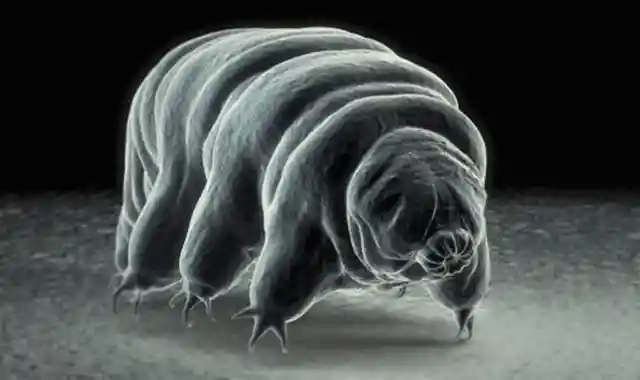
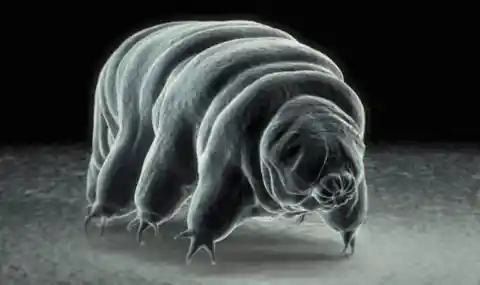
According to science, there is one creepy little beast that could outlive humans by a long shot. It’s known as the tardigrade, but also goes by nicknames such as the water bear, moss piglet, or space bear. And when it comes to survival, this little creature is one of the toughest microorganisms on the planet.
13. The 1773 Discovery


Tardigrades are water-dwelling animals that have eight-legs and, in zoology terms, they’re considered “segmented micro-animals.” The little creature was discovered in 1773 by German zoologist Johann August Ephraim Goeze; however, it was named by Italian biologist Lazzaro Spallanzani three years later. Tardigrade means “slow-stepper.”
12. Small and Strange
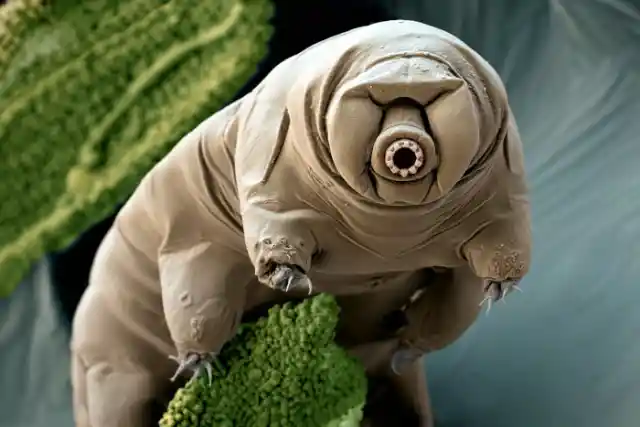

Growing to less than a millimeter in length, this fat little creature is short with four pairs of legs and up to eight claws known as disks. The first three pairs of legs are used for movement, while the fourth is used for grasping onto substrate in the water.
11. Across the Globe


Tardigrades can be found all over the world, from the highest mountaintops to deep under the ocean. Some findings have even discovered the creature in mud volcanoes, while others have seen the little guy in the freezing cold of the Antarctic.
10. One Tough Cookie

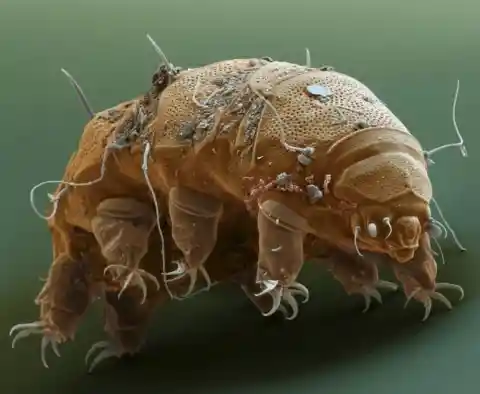
As you can see, the tardigrade is an extremely resilient animal. In fact, it is one of the only species that can survive extreme conditions that would be fatal to practically all other life forms. Think about that for a minute, this “moss piglet” could outlive every single other lifeform on the planet in the case of a catastrophic event.
9. Survival of the Fittest


According to scientists, tardigrades could survive a global mass extinction event, such as a gamma-ray burst, large asteroid collision, or supernova. Some species have even been found to withstand temperatures of -458 degrees Fahrenheit, making them the only species that could survive the extreme cold of a nuclear winter or second Ice Age.
8. 30 Years of No Food

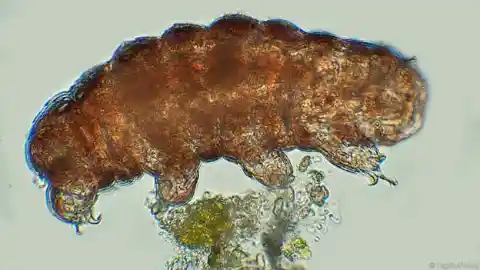
Another neat fact about this eight-legged wonder is it can go up to 30 years without food. Zoologists have found that, without food, a tardigrade will dry out to where it’s less than 3% water. Later, it can rehydrate and forage for food before triggering its reproduction cycle. Is that amazing or what?
7. Not Too Extreme
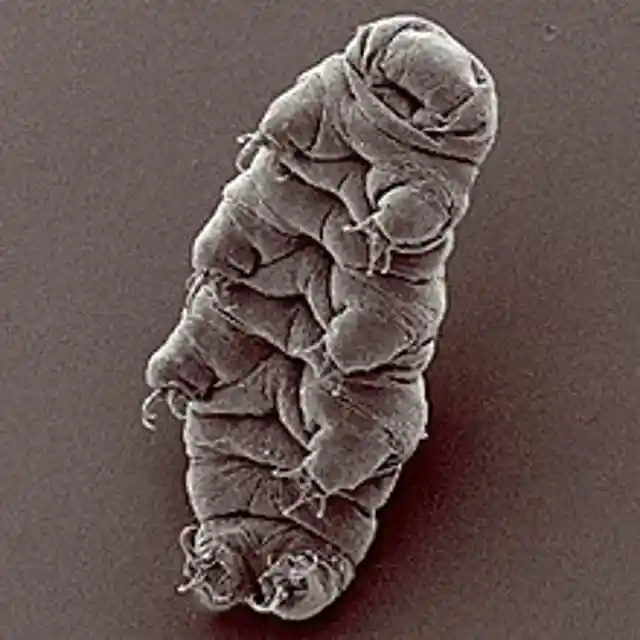

It is important to point out that the species of tardigrade that are exposed to extreme environmental conditions more frequently will increase their chances of death the longer they are exposed. This is due to the fact that tardigrades are not extremophilic, which only applies to organisms that live in extreme conditions 24/7.
6. Endless Survival
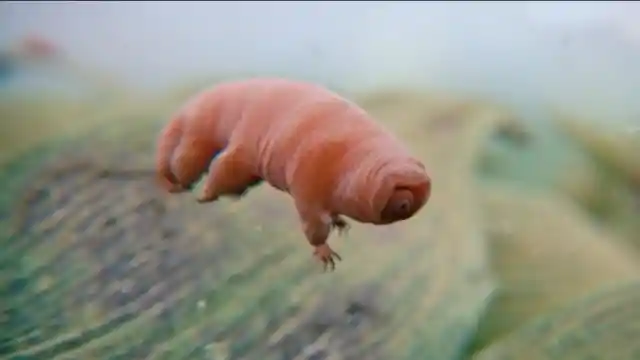
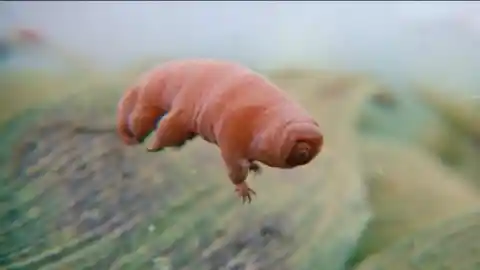
When it comes to their continued survival, zoologists have stated that, as long as there is water on Earth, they will continue to thrive. Actually, not all tardigrade species live in the water, itself—some thrive on the “film” of water that can be found on plants.
5. An Abundant Diet
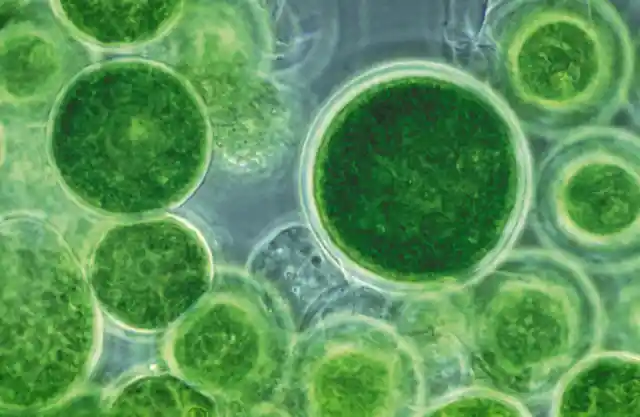

Food for the tardigrade primarily consists of plant cells, algae, and small invertebrates that can be found in moss and plant cells. Due to their size and abundance, a low-powered microscope can easily spot these creatures moving about—this makes the tardigrade the perfect specimen to study in classrooms.
4. An Ecological Pioneer
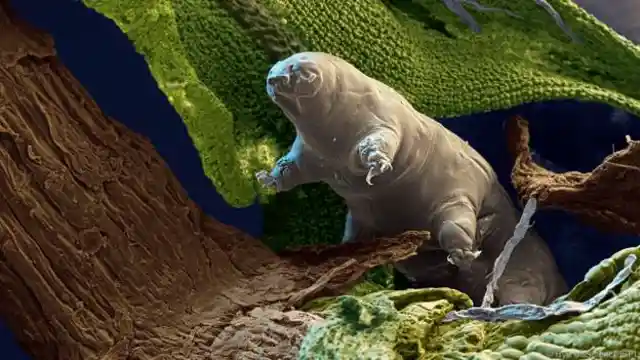
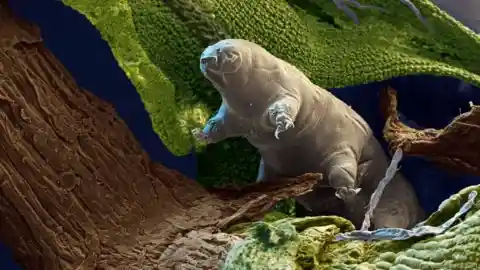
One really interesting fact about the tardigrade is its ecological importance. The micro-animal is considered a pioneer species because it inhabits new and developing environments. Their movement into these new environmental bodies attracts other organisms to populate that space, creating a thriving ecosphere.
3. DNA Studies
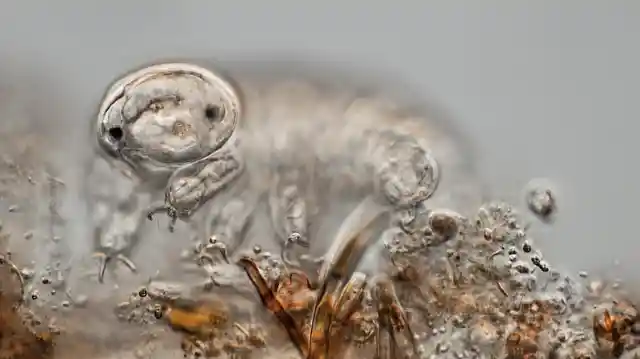

Recently, new studies on the tardigrade’s DNA structure took place. The purpose was to find out what makes this tiny but mighty organism so resilient. What makes this creature have the ability to survive such harsh environments?
2. Longer Lasting Vaccines


The goal of these new studies is to develop a substance that emulates the tardigrade’s biology in order to help preserve vaccines. Can you imagine what medical possibilities there would be if vaccines could last hundreds of years?
1. 10 Billion Years into the Future


Overall, the tardigrade is an absolutely fascinating creature that could end up outliving humanity by over 10 billion years. Better yet, the creature could survive in zero gravity environments, with some species having been grown successfully on the International Space Station.